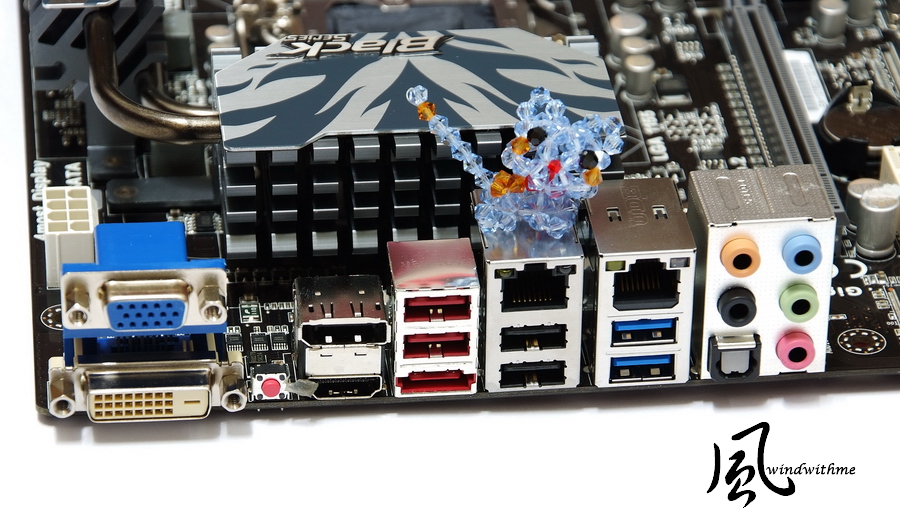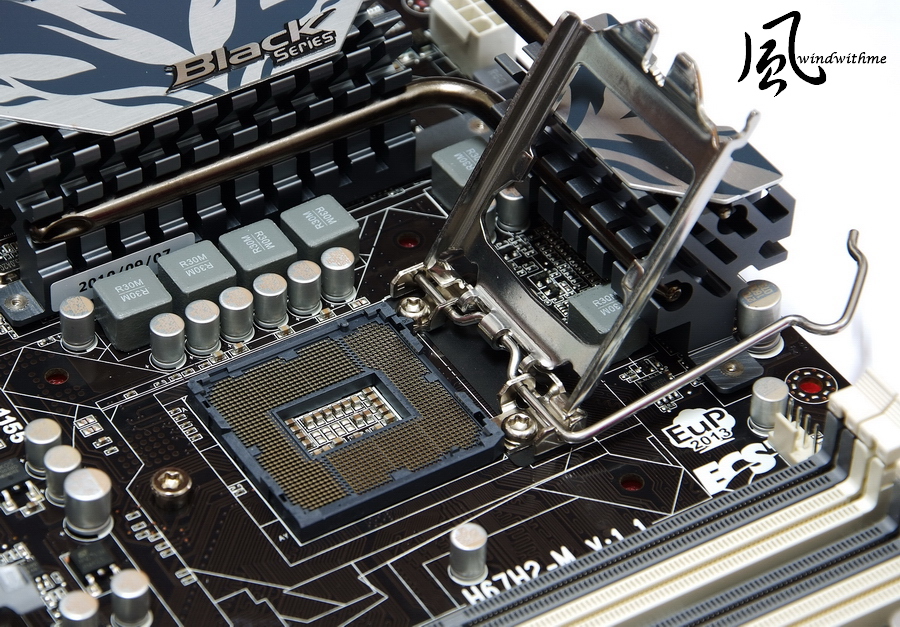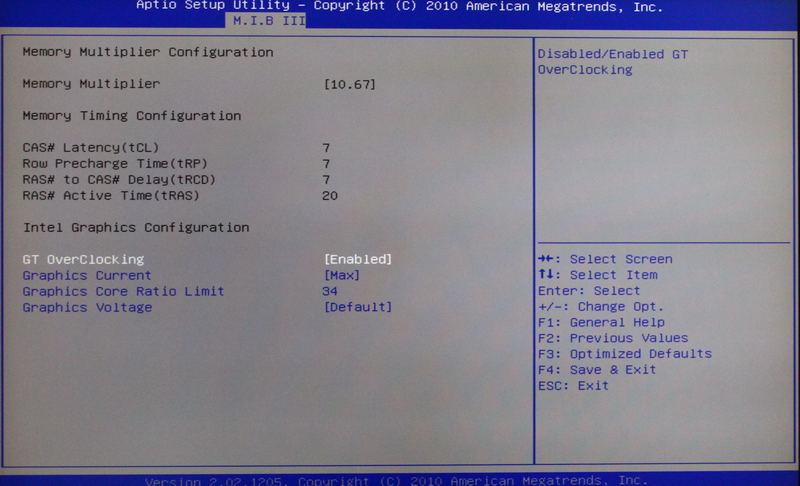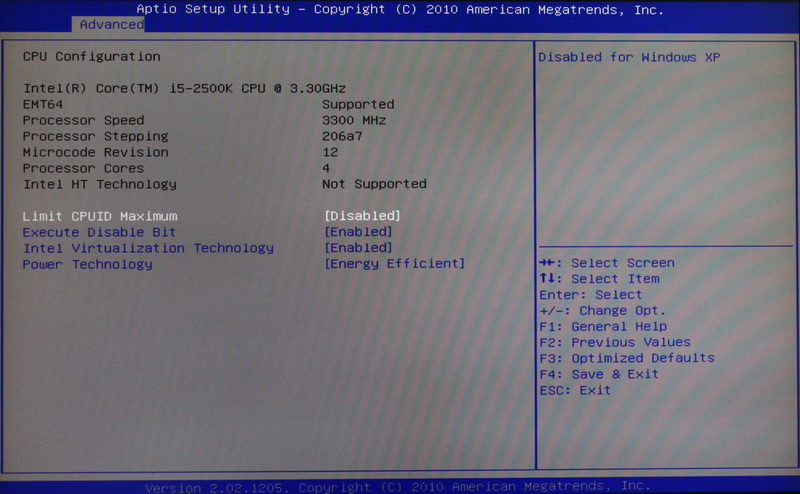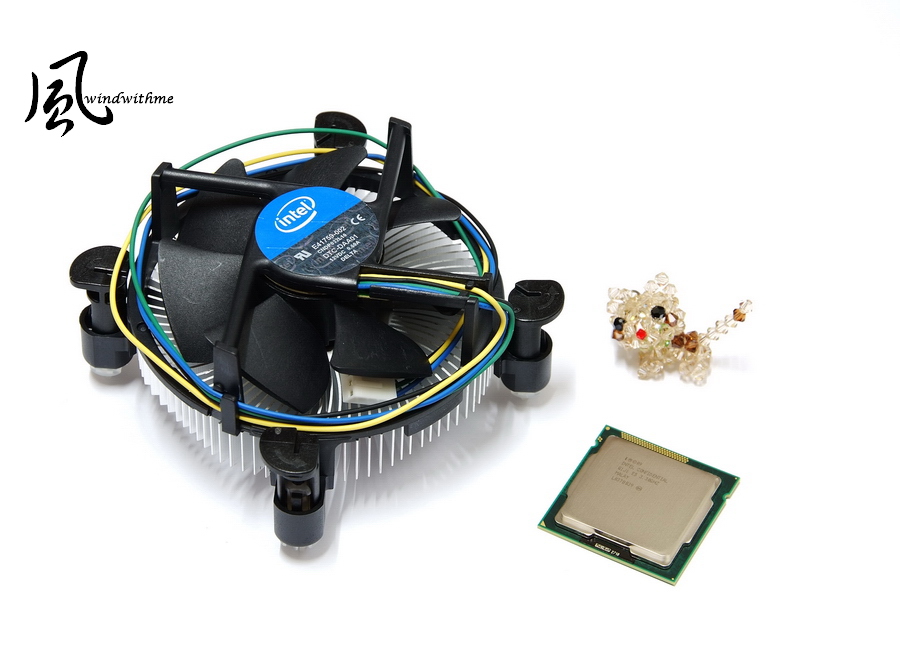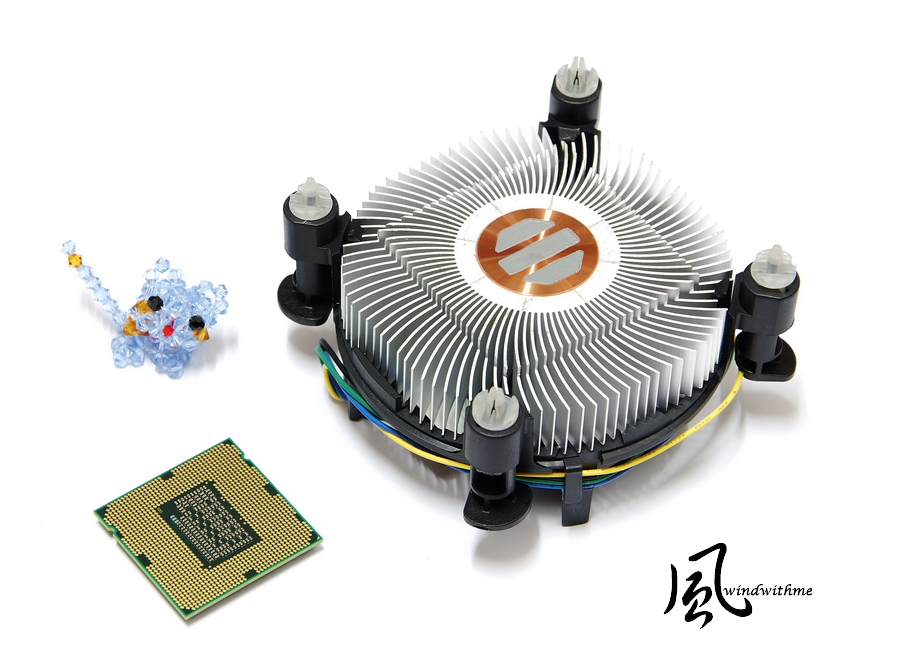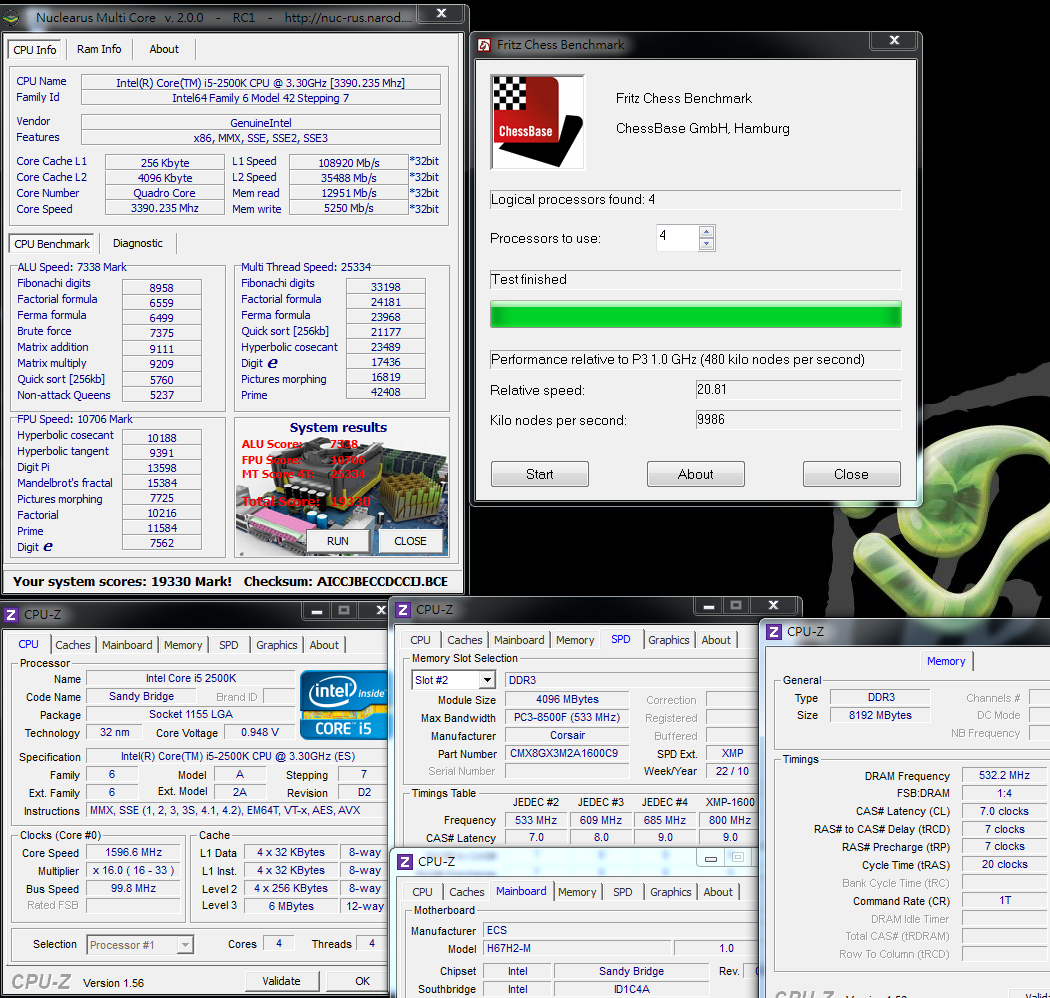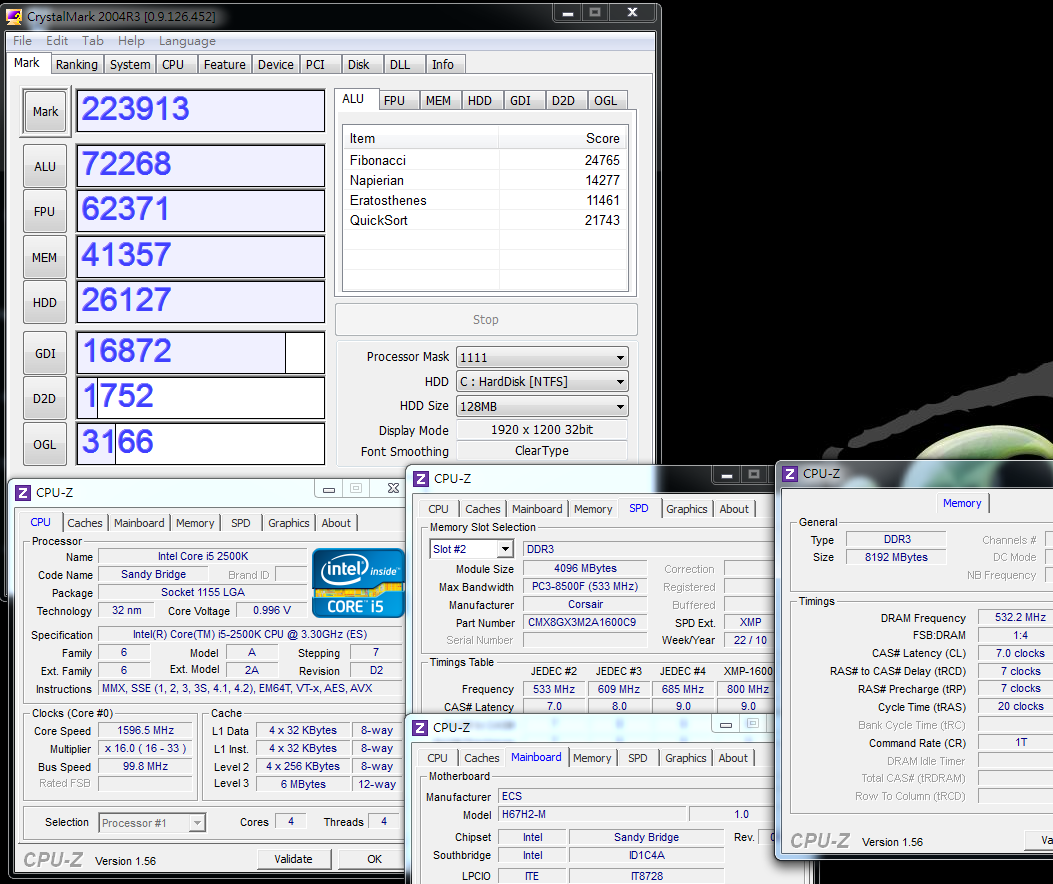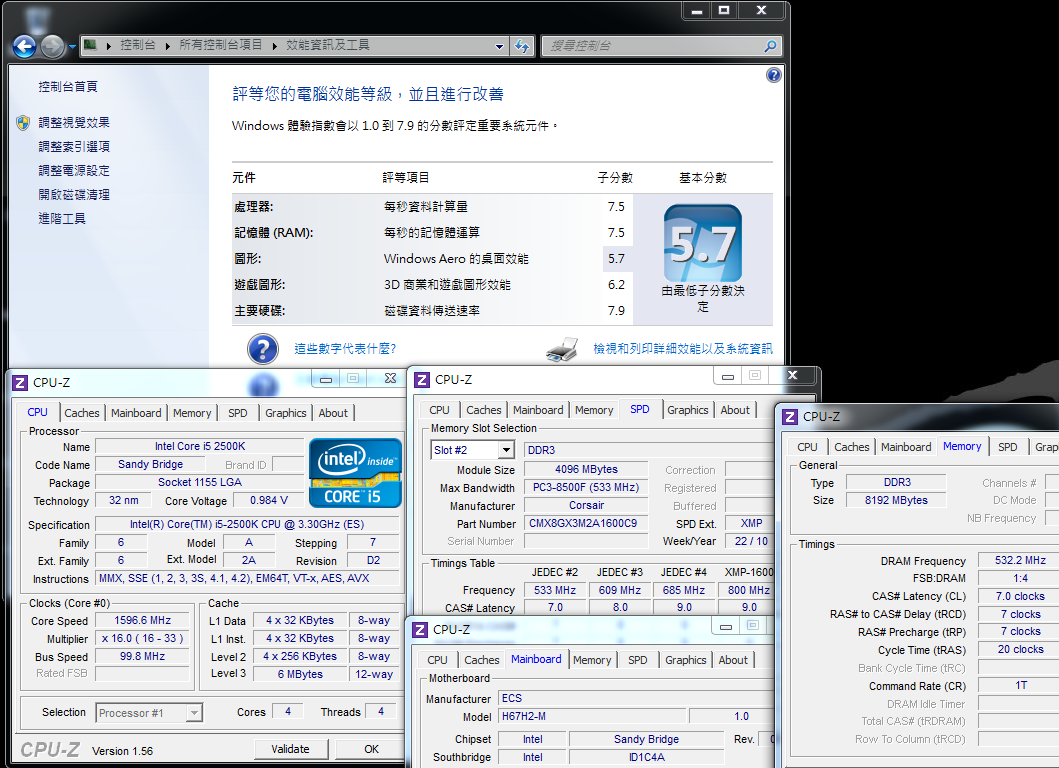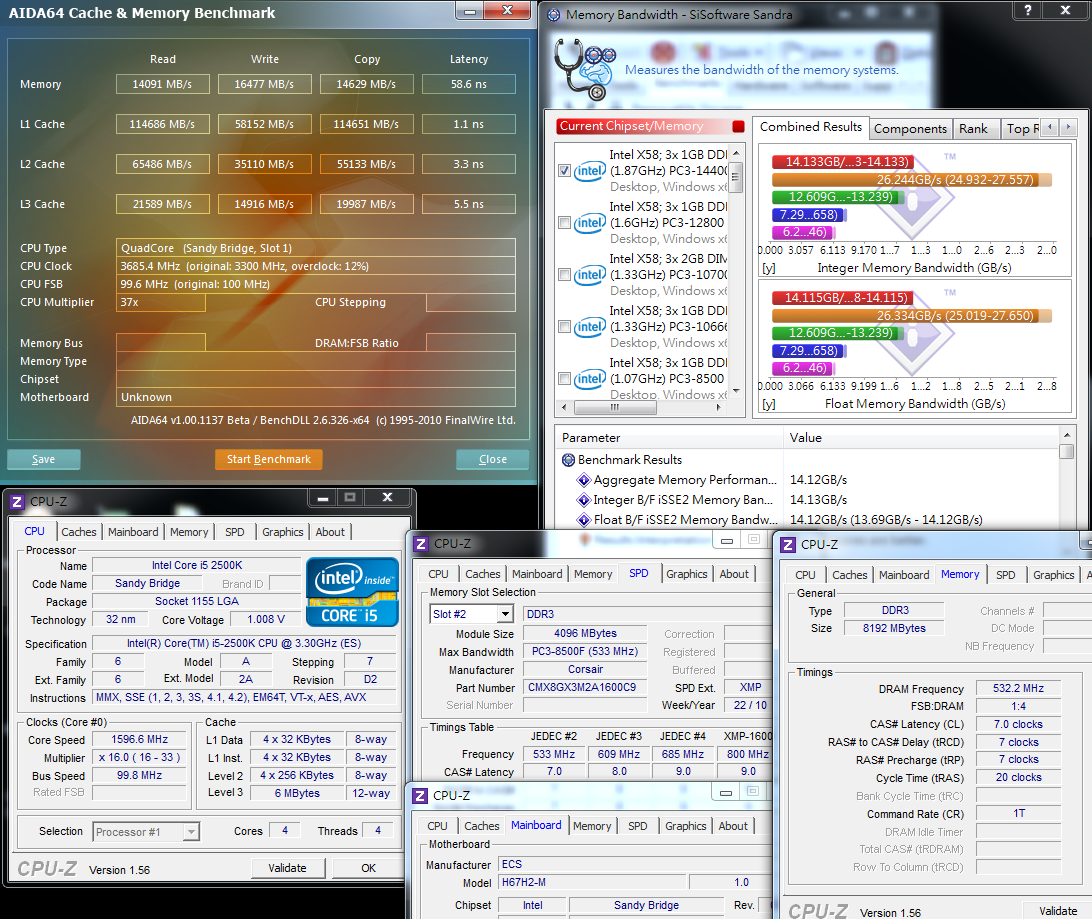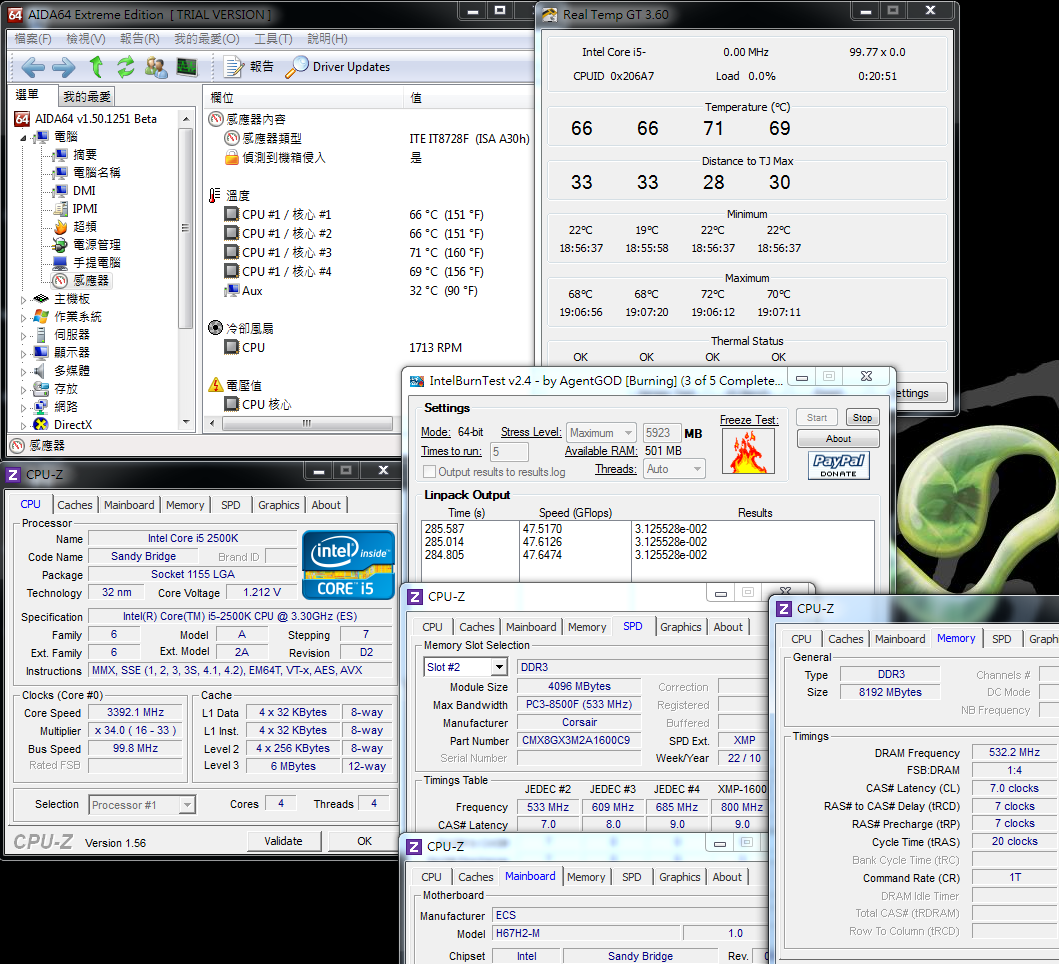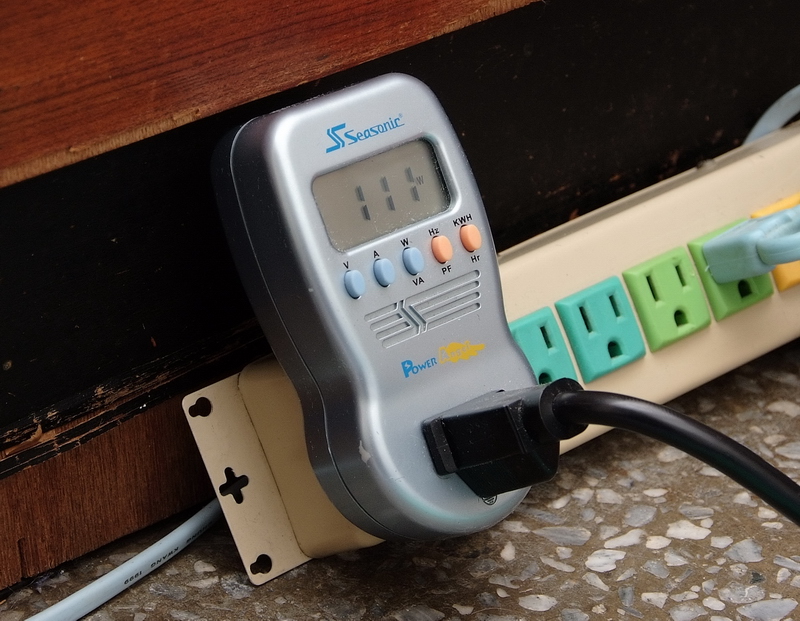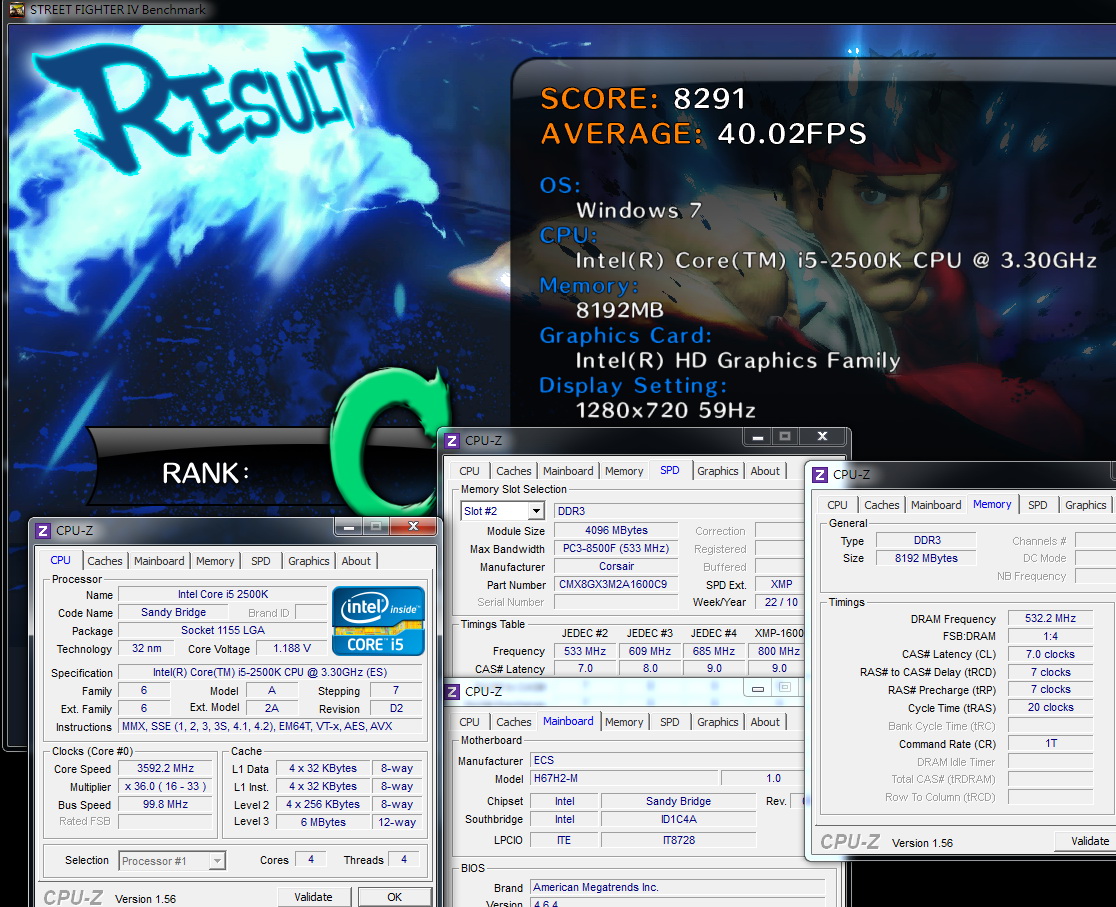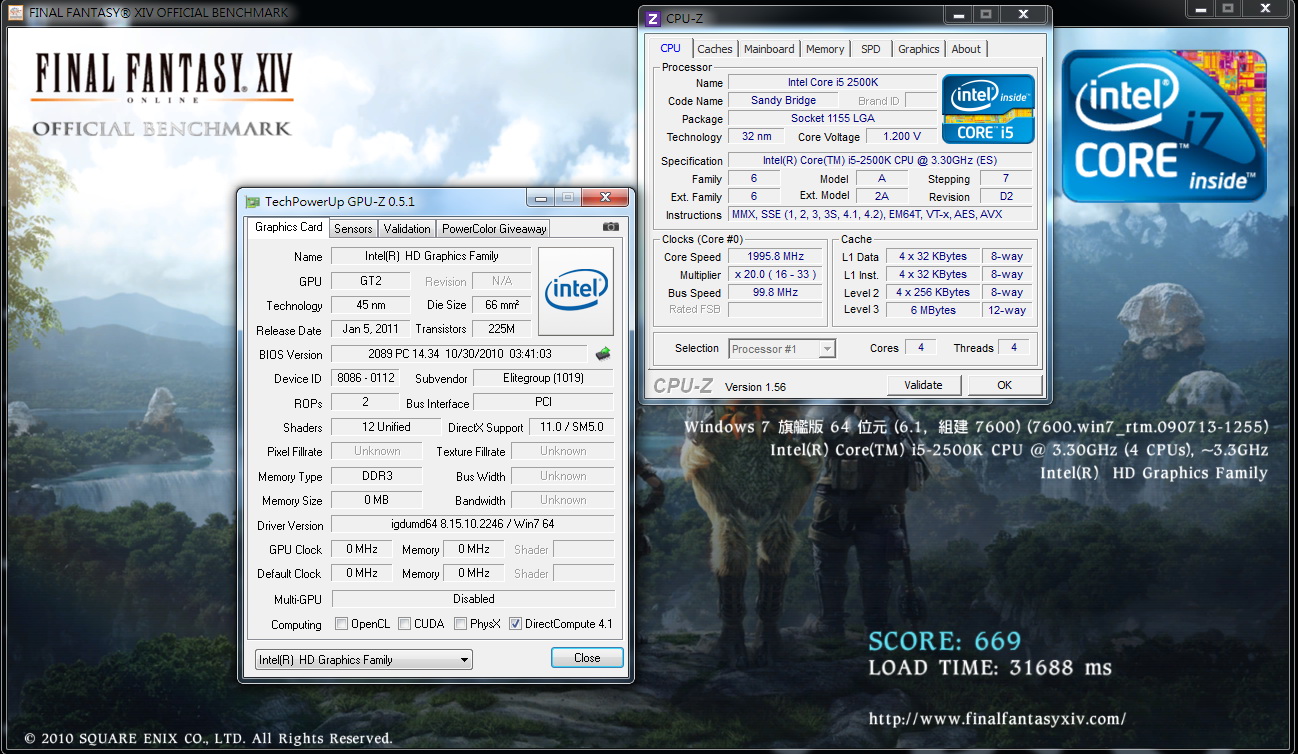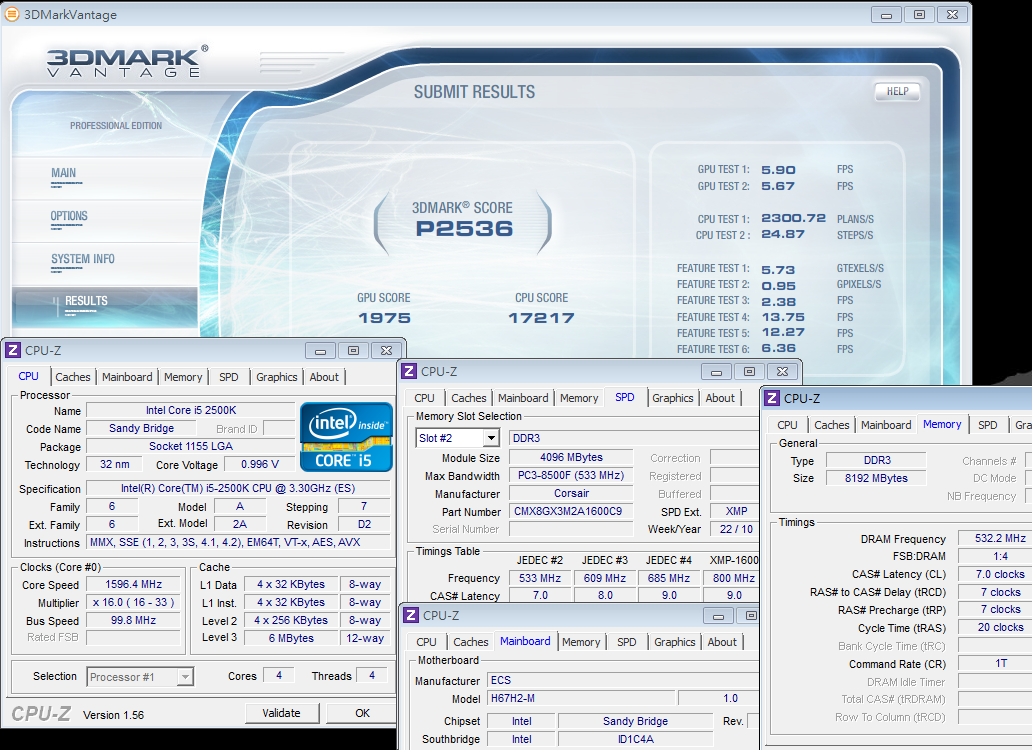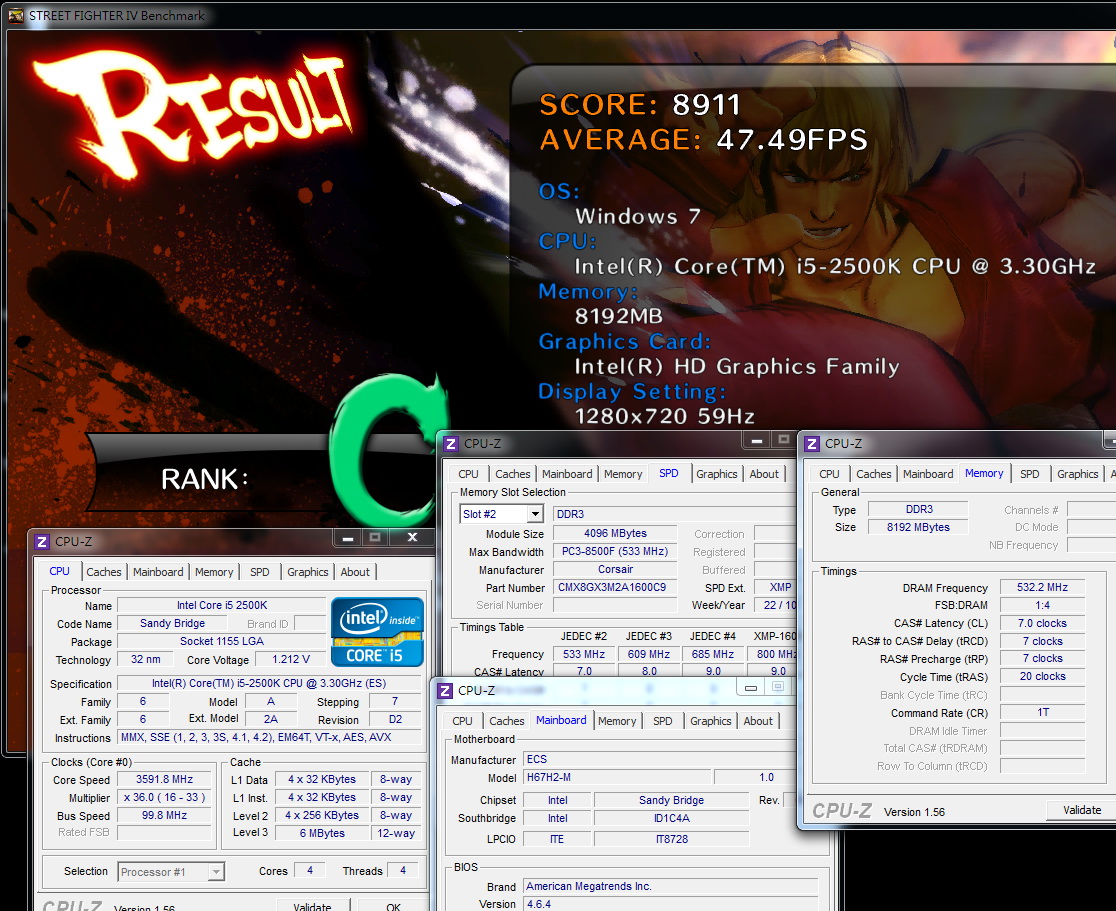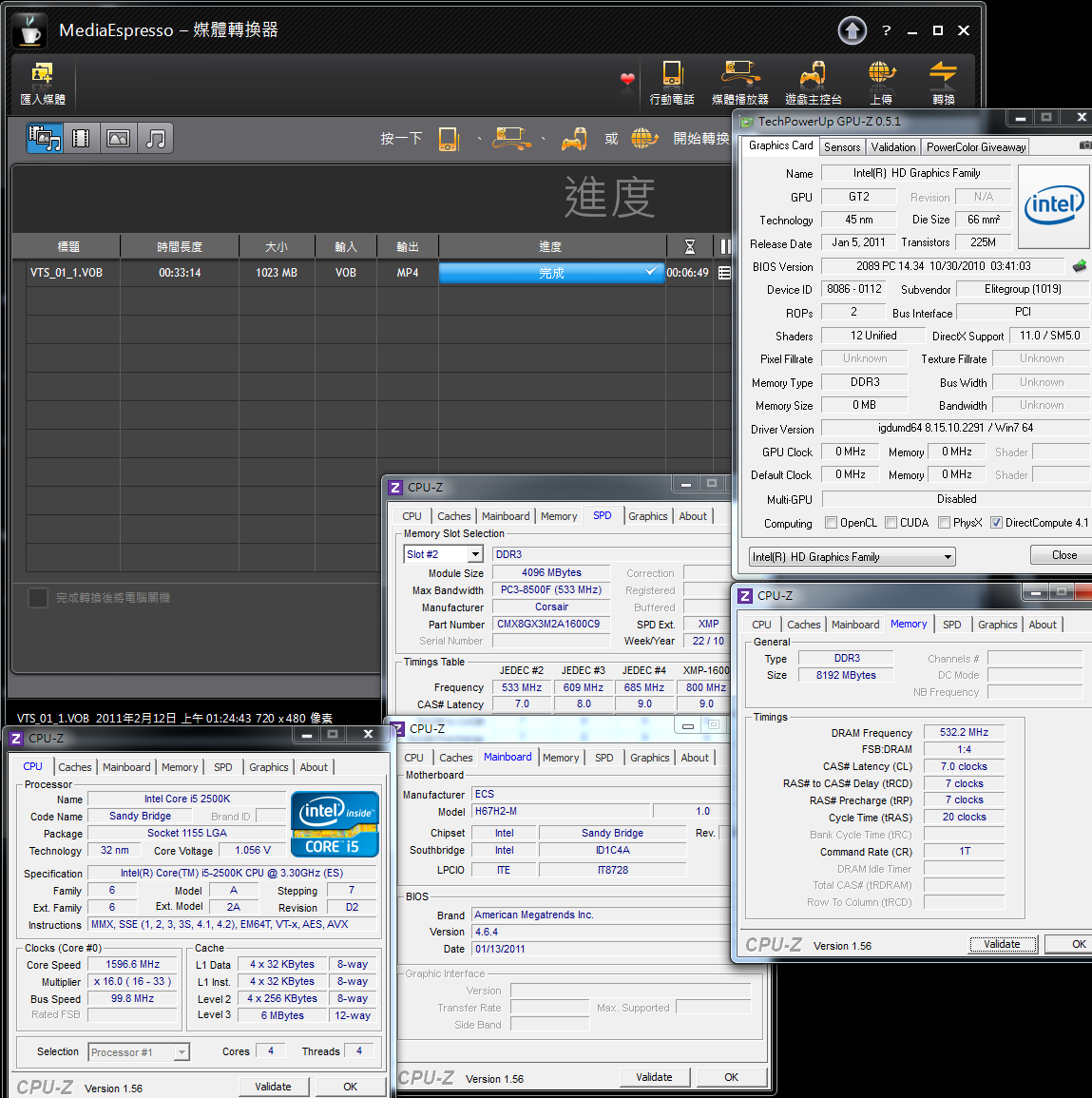The latest generation in the Intel architecture is the LGA 1155, officially released in early January of this year.
In the first wave of the 6 series chipsets were two chipsets, the P67 and the H67.
The two have different market positions and based on the previous LGA 1156 nomenclature rules, the P stands for high-performance without VGA output.
As is common with the ATX design of the H67,
it is clear that it has a VGA output but no CPU overclocking capabilities and is therefore suitable for combination with the Micro ATX specification.
From January to now -- the end of February -- windwithme has shared reviews of two types of P67 overclocking test-use CPUs,
the more popular i7-2600K and the i5-2500K, as next-generation PC platforms for performance and overclocking.
However, on January 31,
Intel announced that there were bug issues in SATA2 devices under which prolonged use might result in degradation of HDD performance.
At the same time, Intel announced the recall of the B2 chipset and as quickly as possible provided the new B3 version chipset in March to resolve this problem.
This forced all MB/NB manufacturers to respond as quickly as possible,
and nearly all the MB makers had to recall products or offer replacements to those who had already purchased the motherboards.
In response to this news, I hope all consumers can understand more about the current status of the 6 series chipset
Back on the main topic, at this time, I am sharing the first article on tests of the Intel H67 chipset with an Elitegroup-brand motherboard,
the model H67H2-M. This is part of the Black Series, a high-end product line started more than a year ago.
Elitegroup has been selling it on the web, in shopping malls and even on the OC market, hoping to gradually enter the consumer market and build their brand image.
The H67H2-M packaging has bright reflective material, making this product eye-catching
Accessories Included
English user manual, a quick guide, IO panel, driver software on a CD and plastic protective covers for the IO interface
SATA cables and eSATA connectors
H67H2-M enclosure
The mainly black PCB has a sticker listing the main features of the product
the CPU and the DDR3 slots with 15μ gold contact that triple the antioxidant, heat resistant and scratch resistant properties of ordinary products.
Micro ATX specifications, dimensions 244mm x 244mm
H67H2-M products are the top of the H67 line in terms of materials, and in design are different from other entry-level H67 products
Motherboard lower left
1 X PCI-E Gen 2.0 X16
2 X PCI-E X1
1 X PCI
Realtek RTL8111E dual network chip with support for teaming
Realtek ALC892 audio chip supporting 8-channel High Definition audio
Etron USB 3.0 controller chip, at back two USB 3.0 IO expansion units
Lower right of motherboard
3 X white SATA, H67 installed, SATA2 specifications
2 X grey SATA, H67 installed, SATA3 specifications
can be used interchangeably and can support RAID 0, RAID 1, RAID 5, RAID 10 and other specifications
Power, Reset button, built-in Debug LED
The heat sink designed in a flame shape. Below is the Intel H67 chipset single-chip design
Top right of motherboard
4 X DIMM DDR3, supports 1066/1333, maximum DDR3 capacity of 32GB.
Adjacent to the 24-PIN power input
Motherboard upper left
Place for installation of LGA 1155 CPU
The H67H2-M uses 4 +1 +1 power input. Intel limits the H67 CPU to operate without overclocking as the 32nm process technology is up to the task.






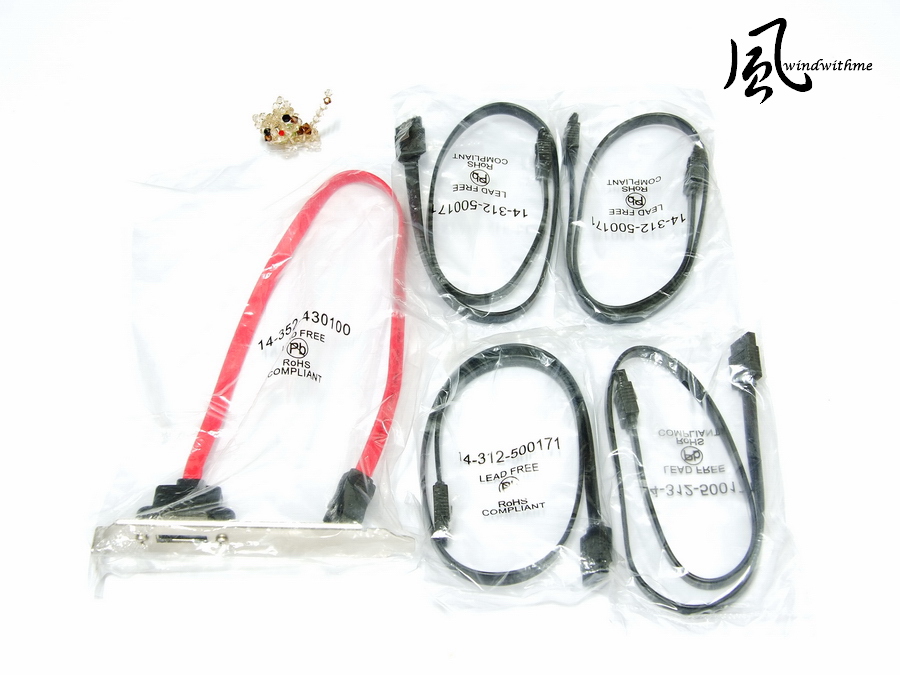
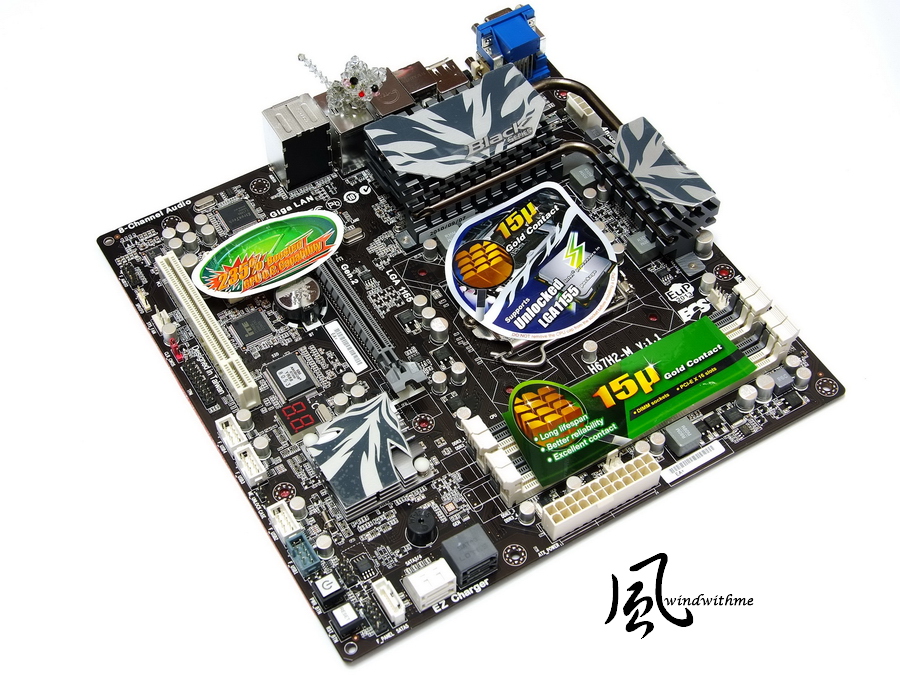
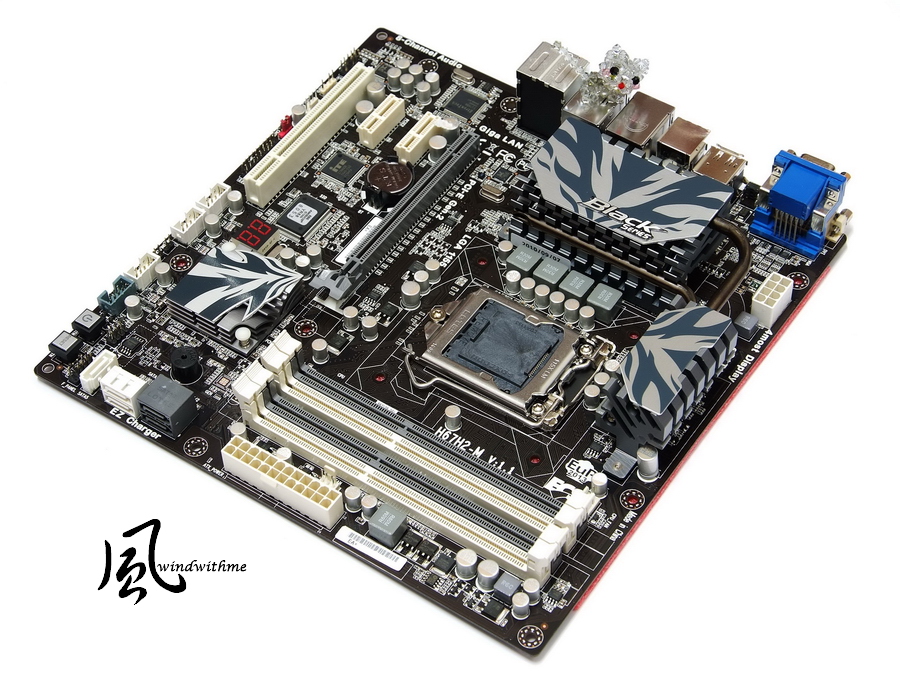
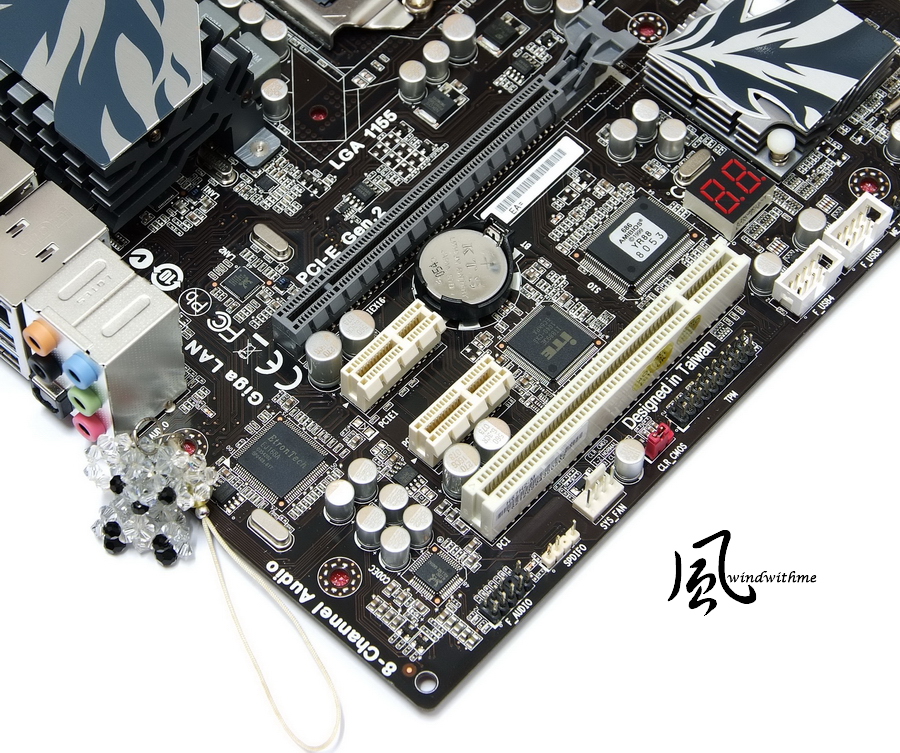
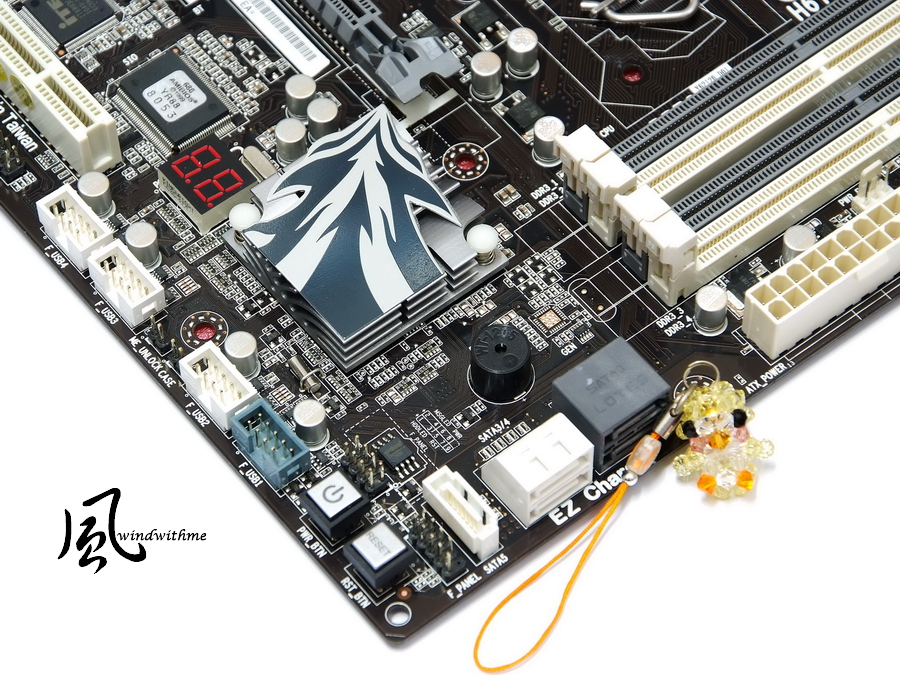


 Rispondi quotando
Rispondi quotando